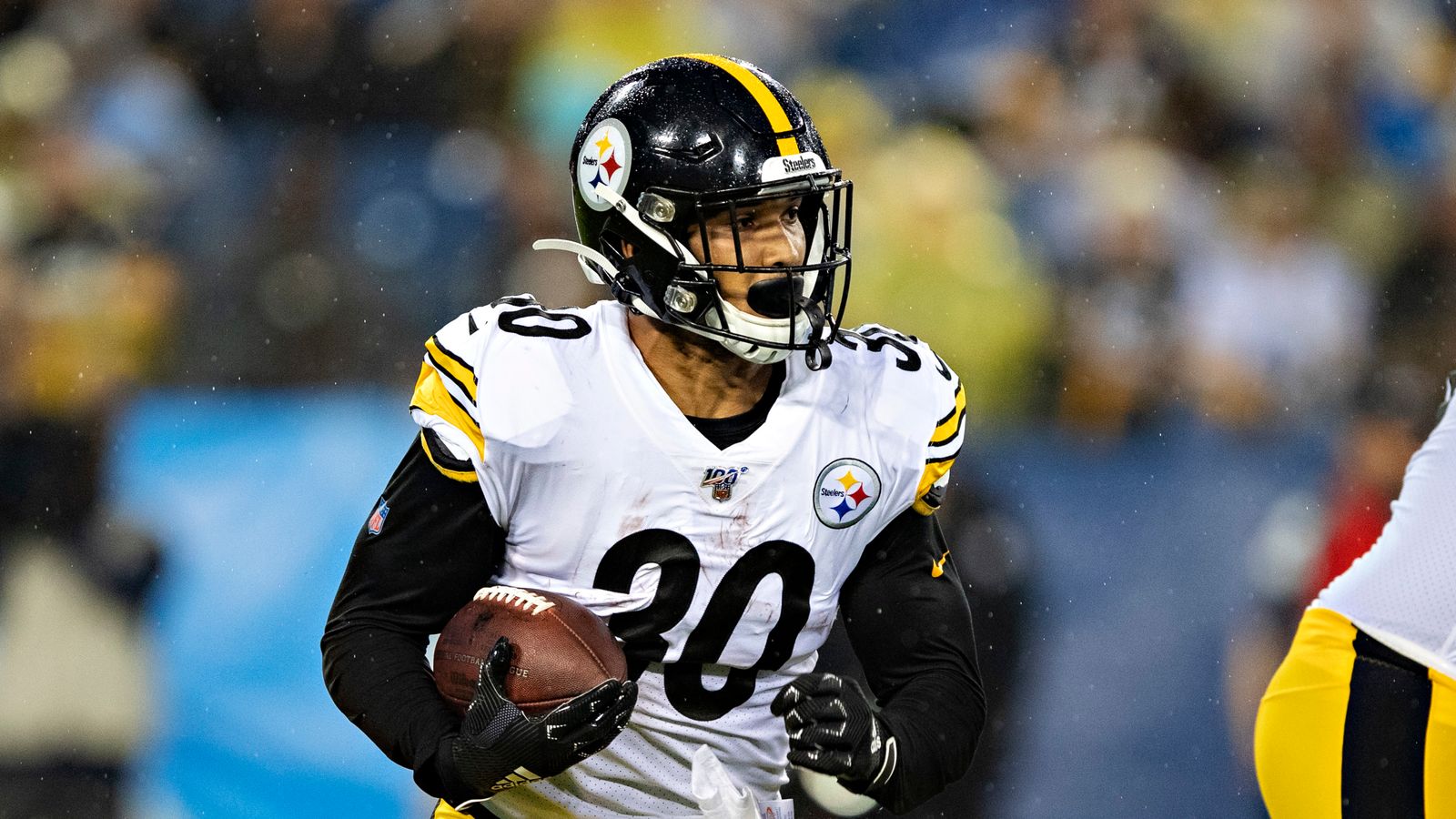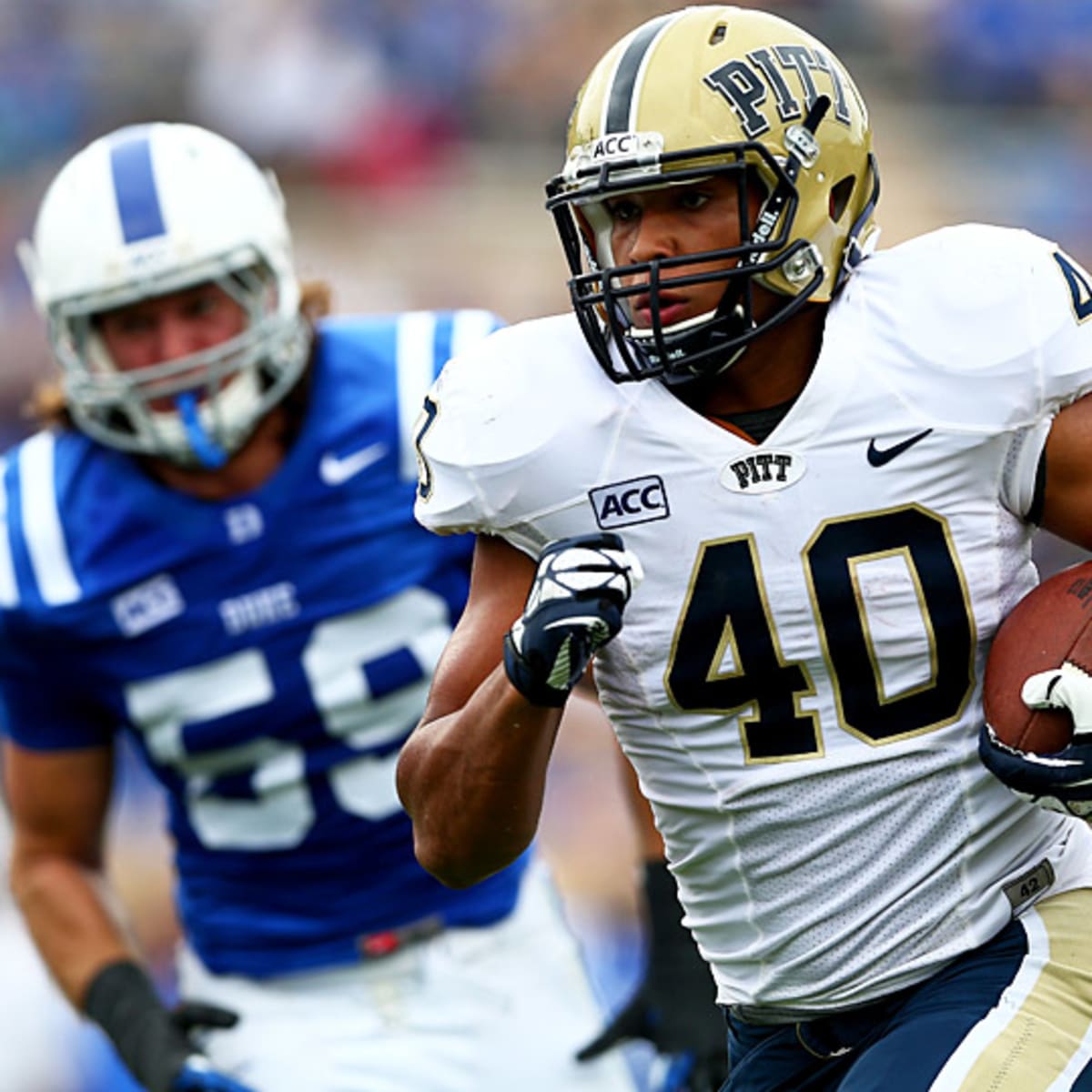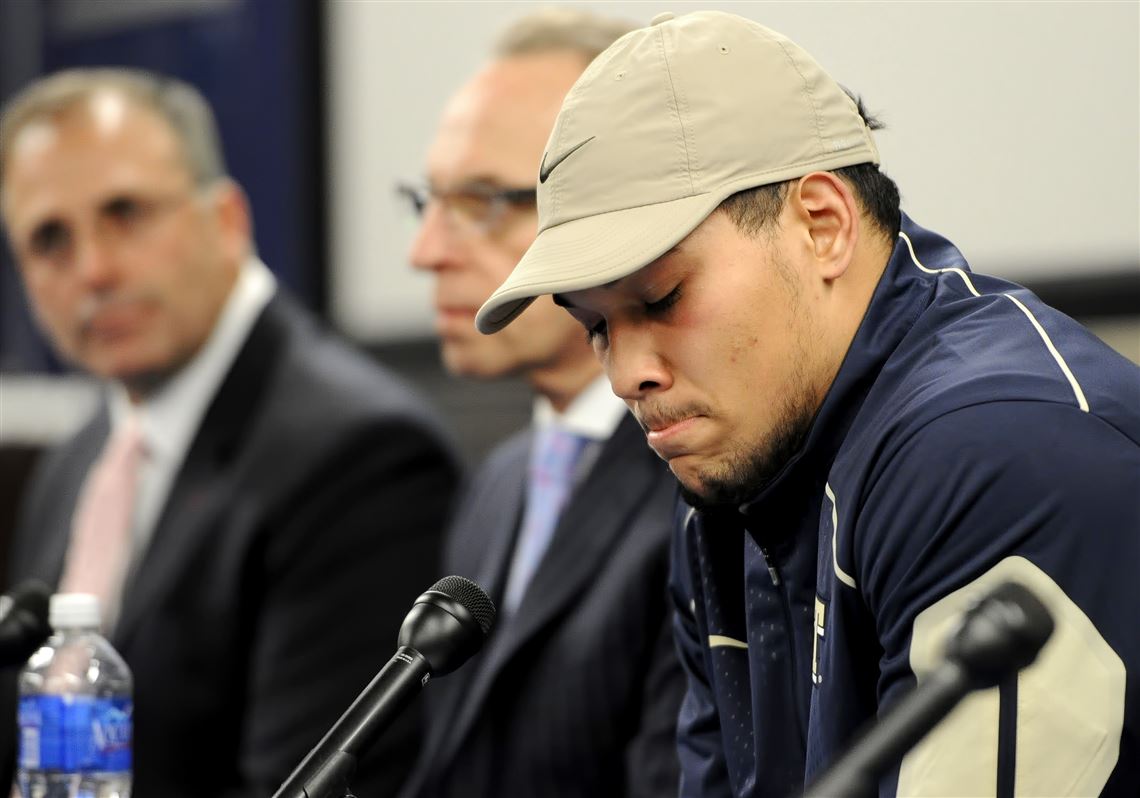
/cdn.vox-cdn.com/uploads/chorus_image/image/69123714/usa_today_13649830.0.jpg)

When he rejoined his Pitt teammates for workouts while still undergoing treatment, he wore a surgical mask for protection. James didn’t know how he felt about being known as “the football player who beat cancer.” You fight these little battles, but that prepares you. “I had to go real slow, but I think I developed patience. The day after chemo, he worked out while wearing a surgical mask. He fought through six months of grueling chemotherapy treatment. “Fear is a choice,” he said at that press conference. In December, he revealed it publicly at a press conference. He told the team of his diagnosis soon afterward. But when you get put into a situation where that’s the only choice, I think I just pushed through.” “‘Are you going to let it eat you up, or are you going to keep fighting?’ It’s a whole mindset that you have to tap into that I didn’t even know that I had. “I really turned to my faith and looked within and said, ‘How are you going to handle this?'” says James. James focused on that as he began treatment. His doctor - Stanley Marks, MD, chairman of UPMC Hillman Cancer Center - told him his lymphoma had a high cure rate. The diagnosis stunned James, but he knew he couldn’t let it beat him. If caught early, it can be treated effectively. James had stage 2 Hodgkin’s lymphoma, a blood cancer that affects the immune system.

On Thanksgiving, his doctor called to tell him it appeared he had lymphoma. In November, he had a chest x-ray, and then a PET scan. He had trouble sleeping and suffered from night sweats. He would soon get even more shocking news.Īs James rehabbed his injured knee, he felt fatigued. It meant his NFL dreams were temporarily on hold. Then he suffered a serious knee injury - a torn medial collateral ligament (MCL) - in September 2015. He hoped a strong junior year would put him in position to potentially get drafted into the NFL. He was named Atlantic Coast Conference Player of the Year in 2014. But there are others who can’t get back to it, so I think you play for them, and you honor them by how you approach it.”Įpisode 8 How an Assistant Principal Beat the Odds to Survive ‘Are You Going to Keep Fighting?’Įntering the 2015 season at the University of Pittsburgh, James Conner was coming off an outstanding sophomore year. I was fortunate enough to get back to it. “I know what it’s like to have it taken from you for a short period of time. But I’ve met a lot of people who had the game taken away from them.
JAMES CONNER TV
“There are a lot of people who would love to take that field on Sundays at Heinz Field, with the fans going crazy and playing on TV and all that,” he says.
JAMES CONNER PRO
A fourth-year member of the Steelers - and a Pro Bowl running back - he steps on the field every day thinking of the many people he’s playing for. Since his initial diagnosis of Hodgkin’s lymphoma in 2015, he has become a model for people battling any type of adversity. But I feel like I can give inspiration in a much bigger way than just doing that.” “A lot of people can run fast, jump high and carry the football up and down the field. “Being an inspiration to the cancer community and people who are dealing with hardships is way more of an influence than just running a football,” James says. That what he had done and continued to do off the field meant more to many people than what he accomplished on the field. He knew that from the heartfelt social media messages and stories he heard from people battling injury and illness when he visited hospitals.īut it wasn’t until after his 2017 rookie season in the NFL that he truly understood the power of his story. His story - returning to on-field stardom after beating Hodgkin’s lymphoma - inspired people.

When James Conner returned to the football field after battling cancer, being drafted by the Pittsburgh Steelers, and achieving his dream of playing in the National Football League (NFL), he realized something.


 0 kommentar(er)
0 kommentar(er)
